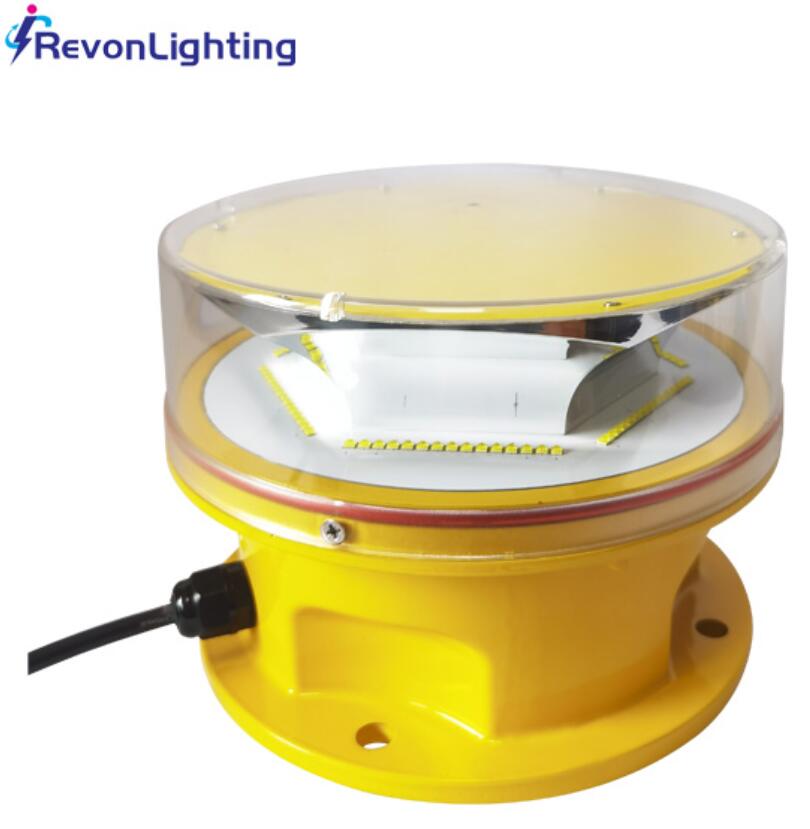What Is a Beacon Light in Aviation? The Essential Navigation Aid Explained
In the complex world of aviation safety, few components are as universally recognized yet often misunderstood as the aviation beacon light. What is a beacon light in aviation? Simply put, it's a powerful visual signaling device that helps pilots identify airports, hazards, and critical infrastructure. This article explores the purpose, types, regulations, and technological evolution of these vital aviation safety components.
The Fundamental Role of Aviation Beacon Lights
Aviation beacon lights serve three primary functions:
Airport Identification - Helps pilots distinguish airports from other light sources at night

Obstruction Warning - Marks tall structures that could endanger aircraft
Navigation Aid - Provides visual reference points during approach and departure
Types of Aviation Beacon Lights
1. Airport Rotating Beacons
Civilian Airports: Red and white alternating flashes
| what is a beacon light in aviation |
Military Airfields: Green and white flashes
Heliports: Yellow and white flashes
Water Landing Areas: Blue and white flashes
2. Obstruction Beacon Lights
Red Steady-Burning: Low-intensity for structures under 200 feet
| what is a beacon lights in aviation |
White Strobe: Medium/high-intensity for taller structures
Dual Lighting: Combination of red and white for maximum visibility
Technical Specifications
Modern aviation beacon lights feature:
LED Technology: 50,000+ hour lifespan
Weather Resistance: IP66 or higher ratings
Power Options: AC, DC, or solar-powered
Visibility Range: 3-20 nautical miles depending on type
Flash Patterns: FAA/ICAO compliant sequences
Regulatory Requirements
Aviation beacon lights must comply with:
FAA AC 70/7460-1L (United States)
ICAO Annex 14 (International standards)
EASA CS-ADR-DSN (Europe)
CASA MOS 139 (Australia)
Key compliance factors include:
Color chromaticity specifications
Minimum effective intensity
Flash rate and pattern
Vertical/horizontal beam distribution
Installation Considerations
Proper beacon light installation requires:
Location Selection
Highest point of structure or building
Unobstructed 360° visibility
Accessible for maintenance
Power System Design
Primary and backup power sources
Surge protection
Energy efficiency considerations
Environmental Factors
Wind load calculations
Ice/snow accumulation prevention
UV radiation protection
Maintenance Best Practices
To ensure continuous operation:
Monthly: Visual inspection and cleaning
Quarterly: Electrical system testing
Annually: Full performance verification
As Needed: Component replacement
Technological Advancements
Recent innovations include:
Smart Beacon Systems: Remote monitoring and control
Adaptive Lighting: Automatic intensity adjustment
Solar-Hybrid Solutions: Reduced energy consumption
Wireless Synchronization: Multiple unit coordination
Common Applications
1. Commercial Airports
Installed on control towers
Marks runway thresholds
Identifies taxiway intersections
2. Wind Energy Farms
Warns aircraft of turbine locations
Often combined with radar systems
Requires special ice-resistant models
3. Urban High-Rises
Protects low-flying helicopters
Integrated with building architecture
Must complement city lighting schemes
4. Telecommunications Towers
Critical for rural tower marking
Often solar-powered
Requires minimal maintenance
Pilot Perspective
From the cockpit, beacon lights provide:
Immediate visual reference points
Orientation during night operations
Hazard awareness in poor visibility
Confirmation of airport operations
Future Developments
Emerging trends include:
AI-Powered Predictive Maintenance
Integration with UAV Traffic Management
Advanced Materials for Harsh Environments
Space-Based Monitoring Systems
Understanding what is a beacon light in aviation reveals its critical role in modern air navigation. These devices have evolved from simple rotating lamps to sophisticated safety systems that integrate with digital aviation infrastructure. As airspace becomes increasingly crowded with both manned and unmanned aircraft, the importance of reliable, high-performance beacon lights will only grow.
For airport operators, construction firms, and infrastructure managers, proper selection and maintenance of aviation beacon lights isn't just regulatory compliance—it's an essential contribution to global aviation safety. The next generation of beacon technology promises even greater reliability, efficiency, and smart capabilities that will help guide aircraft safely through our increasingly complex airspace environment.
